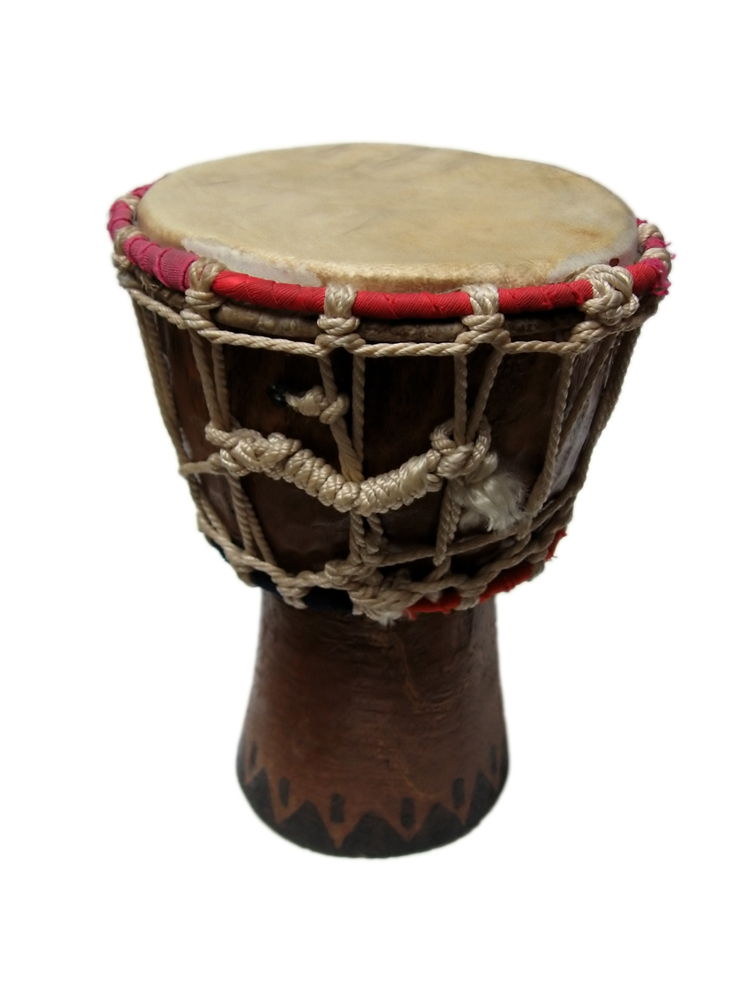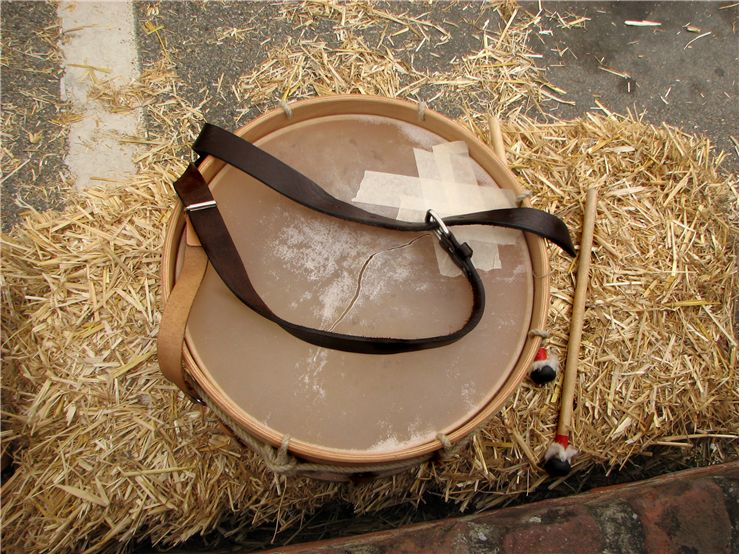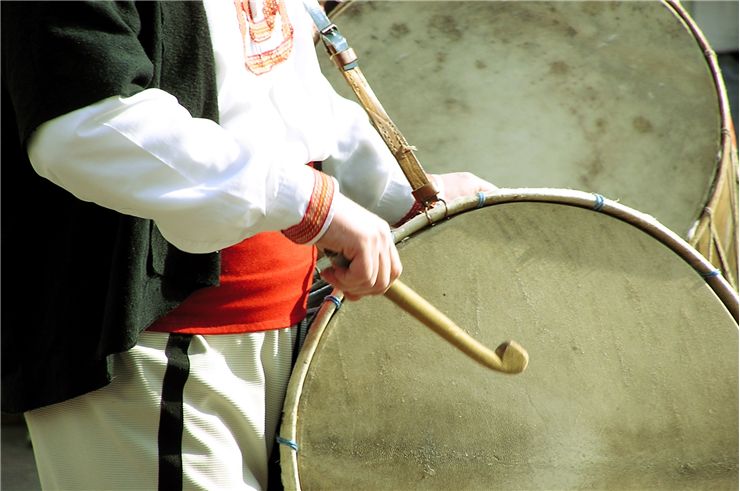Construction of Drums
Over the last several thousand years, drums become an integral parts of our society, being present not only in musical bands or professional orchestras, but also used in traditional dances, religious ceremonies, various military events (on-the-field communication, drill exercises, military ceremonies, honor music, honor funerals…) and even simple communication tools between distant drummers.
During all this time of expansion of drum popularity, its basic form stayed the same – frame that holds stretched membrane that vibrates and creates sound. Main body of the drum is named the shell, and the membrane can cover one or both ends of that shells.
As the most popular percussion instrument in the world, drums were created in countless shapes and sizes, most notable ones being bowls (kettledrums) and tubes (conga drums). They can also be short (tubular drums) or shallow (snare, tenor and bass drums). Ultra short drums can also be called frame drums (tambourine).
Modern drum construction
Making the head – Heads (membranes) of the modern drum sets are created from very specific types of plastic (Polyethylene terephthalate). They are not produced by the drum manufacturer themselves, but by large companies who are making rolls of membrane film that is shipped across all the world. Specific plastic is heated to become liquid, inserted into very complicated machinery that cools it, stretches and heats it several times until the plastic is shaped in the correct form of a very thin film. This plastic is often strengthened with various additives that sometimes serve purpose only to make that membrane transparent or opaque. Individual drum manufacturers then cut that film roll into circular shapes, preparing drum membrane for further assembly.
Making the shell - Drum shells are usually made from metal, wood and sometimes from wood. Metal and plastic elements are made either by casting (pouring of molten metal into pre-made molds) or injection molding (shooting pressurized plastic into pre-made molds). Wood shells are made from veneer, which is cut, shaped by machines and stored in very precisely controlled environment. Shell pieces are pieced together with glue, sanded down with machines to remove imperfections.
Assembling the drum – Final assembly of the drums is done with automated machines, who attach shel and head with high precision using precision drills, screws and metal rods. This process is highly controlled so that end product is a drum that sounds exactly as its specification demands. At this stage quality control check is made, both for sound and visual.
Packaging and shipping – Packaging of drums involves use of plastic bags that will prevent accumulation of moisture around instrument, and secure cardboard packaging that prevents movement of the instrument. After that is done, drums are ready to be shipped.


